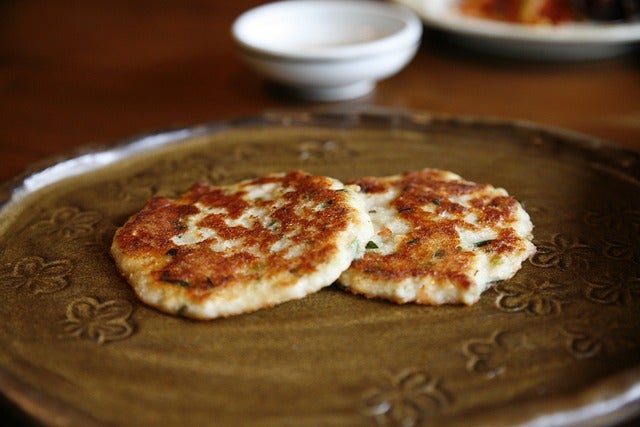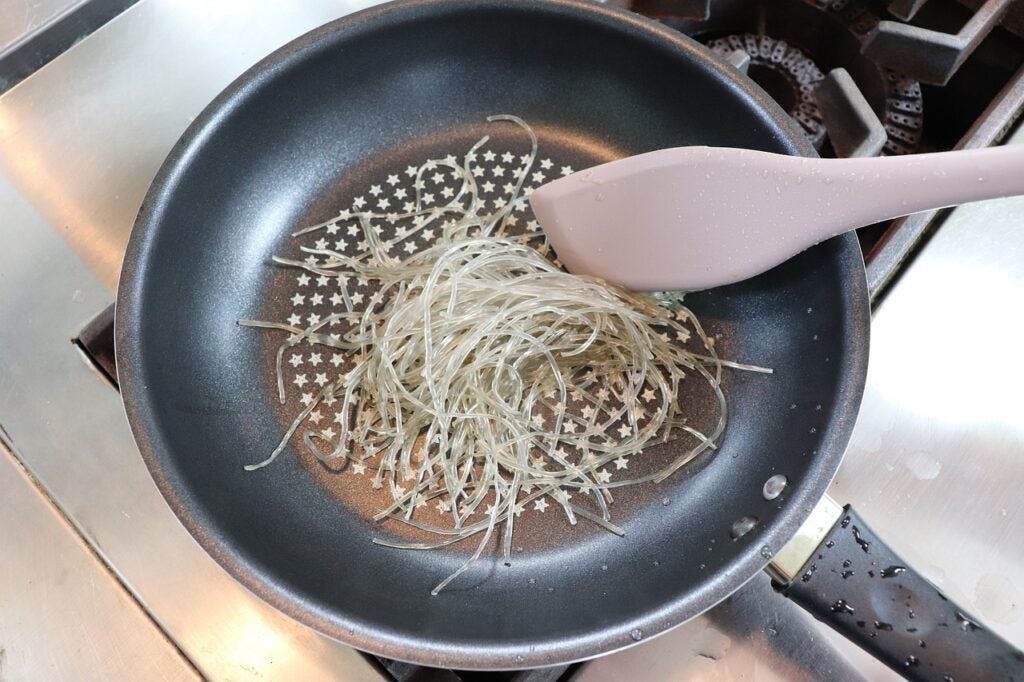As our team gets ready to celebrate Thanksgiving in November, it was necessary to remember that the Korean Thanksgiving, known as Chuseok, had its celebration a few months earlier.
Chuseok, a cherished Korean holiday, celebrates the harvest season and honors ancestors. This festive occasion is marked by an array of mouthwatering traditional Chuseok foods, each holding deep cultural significance and prepared with love and care.
Whether you’re a Korean food enthusiast or curious about different cultures, join us as we explore the rich culinary heritage of Chuseok. Discover the origins, flavors, and traditions behind these beloved dishes, and learn how you can celebrate Chuseok at home with your loved ones.
What is Chuseok?
Chuseok is a major harvest festival celebrated in South Korea. It holds great historical and cultural significance. Chuseok dates back to ancient times, believed to have originated from the harvest rituals of the ancient kingdom of Silla. The festival is observed on the 15th day of the eighth lunar month, typically falling in September or October.
This festival is a time for Koreans to express gratitude for the year’s bountiful harvest and honor their ancestors. It is a time of family reunions and paying respects to the deceased. Traditional customs and celebrations are integral to Chuseok. Families gather to perform ancestral rites and visit the graves of their ancestors. A special memorial service called “Charye” is held, where food and drinks are offered to ancestors as a sign of respect.
Chuseok Foods: Traditional Korean Dishes
Chuseok is a time when families gather to pay respects to their ancestors and celebrate the harvest season. One of the highlights of this festive occasion is the wide array of traditional dishes that are prepared and enjoyed. Let’s take a closer look at some must-try Chuseok foods:
- Songpyeon (송편)
The most iconic Chuseok treat, songpyeon, is a small, crescent-shaped rice cake stuffed with fillings like sesame seeds, honey, chestnuts, or sweetened red bean paste. After being filled, they steam over a bed of fresh pine needles, which gives them a subtle pine aroma. Songpyeon’s shape symbolizes the moon, and the process of families coming together to make these treats is a cherished tradition.
- Jeon (전)
Jeon are Korean pancakes made with a variety of ingredients. They can be both savory and sweet, containing fish, meat, vegetables, or even fruits, all coated in a batter and pan-fried to perfection. Jeon is often served during Chuseok, representing bounty and the harmonious mixture of various ingredients.

- Japchae (잡채)
Currently served as a base in a BIBIBOP near you, Japchae (aka our Sweet Potato Noodles) combines glass noodles made from sweet potato starch with colorful vegetables and sometimes meat. This dish is seasoned with soy sauce and sesame oil, giving it a savory and slightly sweet taste. Fun Fact: Many believe Japchae’s transparent noodles represent the full moon’s clarity.

- Galbi-jjim (갈비찜)
Galbi-jjim is a rich and flavorful braised beef rib dish. The ribs marinate in soy sauce, sugar, and other seasonings before being simmered with ingredients like jujubes, chestnuts, and ginseng. The resulting dish is soft, juicy, and deeply satisfying, representing the luxury of sharing a hearty meal with loved ones. Find one of our favorite recipes here.
- Hangwa (한과)
These Traditional Korean confections include grains, fruits, roots, and honey or sugar. They come in various shapes, colors, and flavors and often have intricate designs. Hangwa is not only delightful to eat but is also visually appealing, embodying the artistry and beauty of Korean culture.
Honoring Korean Ancestors with traditional Chuseok Cuisine
One of the essential aspects of Chuseok is Charye, an ancestral rite performed to show respect and gratitude to deceased family members. Families prepare a table laden with various foods, including fruits, meats, and traditional dishes, which are offered ceremonially to the spirits of ancestors. This ritual strengthens familial ties and emphasizes the importance of remembering and respecting one’s roots.
Chuseok and it’s festival background
Chuseok is a festival highlighting the importance of family, tradition, and gratitude. The food consumed during this holiday is more than just sustenance; it symbolizes shared heritage, the passage of time, and the bonds that tie generations together. Whether you are of Korean descent or simply a food enthusiast, immersing yourself in these Chuseok food traditions is a delightful way to understand and appreciate the rich tapestry of Korean culture.
Celebrating Chuseok at Home
Chuseok is a special time of year for Koreans around the world. It brings families together to celebrate and give thanks for the abundance of the season. While traditionally celebrated in Korea, Chuseok can also be enjoyed at home. Here, we explore how you can prepare a Chuseok feast, honor family recipes and cooking traditions, and set the table with Chuseok decorations.
Preparing a Chuseok feast is an essential part of the celebration. It is a time to showcase traditional Korean Chuseok food and flavors. Start by planning your menu and making a list of ingredients you’ll need. Consider including popular Chuseok foods such as Chuseok songpyeon, jeon, and japchae.
Celebrating with Family Chuseok Recipes
Family recipes and cooking traditions play a significant role during Chuseok. Passed down from generation to generation, these recipes connect us with our heritage and honor our ancestors. Take the time to learn and prepare your family’s special Chuseok recipes. Share stories and memories as you cook together, creating a meaningful and delicious experience.
In addition to the delicious food, Chuseok is also a time to create a festive atmosphere. Set the table with Chuseok decorations to enhance the celebratory mood. Traditional items such as Hanbok-inspired tablecloths, colorful paper lanterns, and beautiful flower arrangements can add a touch of elegance to your dining space.

